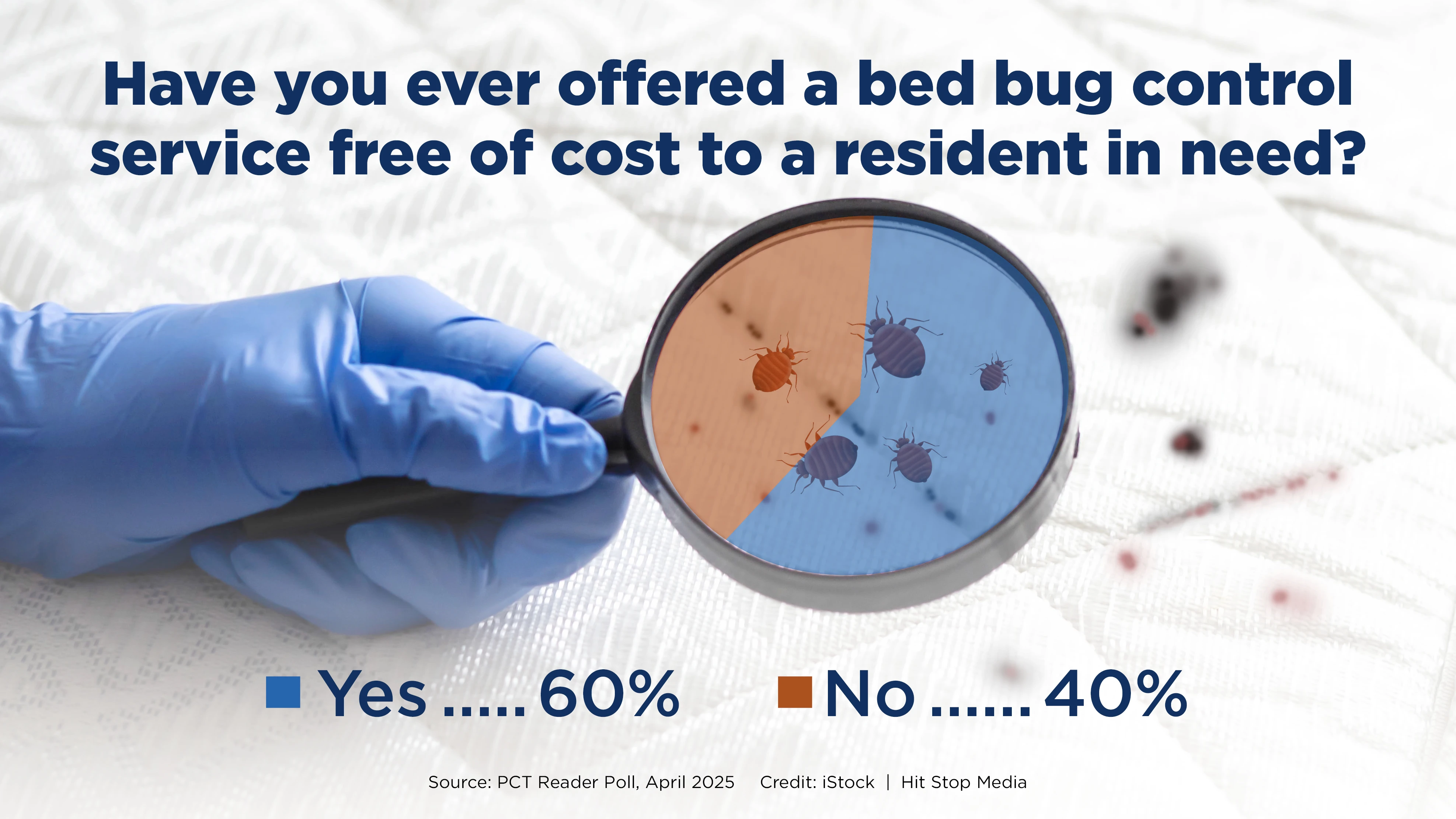With gas prices seemingly on the rise week after week, pest management firms across the country have felt their budgets tightening as a result of this uncontrollable cost. And while this summer has seen gas prices at record highs, PCOs are attempting many cost-cutting methods in an effort to keep their bottom lines intact.
2005 has been a particularly challenging year for gas prices, a critical cost for service-based businesses like pest control. A year ago September, the average price for regular unleaded gas was $1.84, according to the American Automobile Association. But gas prices have been on the rise throughout the year and with Hurricane Katrina disrupting oil production throughout the Gulf Coast region, prices skyrocketed to more than $3.00 a gallon, according to AAA.
But there seems to be light at the end of the tunnel. After increasing by 45 cents per gallon between Aug. 29 and Sept. 5 following the devastation caused by Hurricane Katrina, the average U.S. retail gasoline price fell by more than 11 cents between September 5 and 12, according to the U.S. Energy Information Administration.
PCO PERCEPTION. While PCOs across the country battle high gasoline prices, they are considering ways to keep gas expenses down without increasing the price of their services.
Perhaps the most common way for PCOs to compensate for increased gas prices is to rework their routes. “In some instances, such as mosquito fogging, we have to pass on the (price) increase to our customers,” said Willard Brooks, branch manager of Terminix International in Houston. “But our first solution is to ensure that our routes are tight enough to minimize the windshield time between stops.”
Brooks’ Houston branch services about 4,500 accounts and spends approximately $11,000 in gas a month, he said.
One successful technique Brooks has found for his company is the addition of GPS tracking to the company’s 33 service vehicles. Brooks said his technicians can manage their routes better by laying out a map of the accounts they need to service.
In the Midwest, PCOs are feeling the pain of high gas prices as well. Some pest control companies have had to increase their prices, as American Pest Professionals has done.
Robert Clemens, vice president and co-owner, American Pest Professionals, a company with three locations in Indiana, said his company had to pass on cost increases to the accounts they service and “plan to increase it again in early spring of 2006.”
Although American Pest Professionals implemented a price increase, the company is trying to counter this hike by brainstorming cost-cutting ideas.
Clemens said he plans for his technicians to better schedule their stops, thus saving money on gas. In addition, the company compares monthly gas usage with budgets and performs weekly reviews of gasoline usage.
When reviewing gas usage with technicians, Clemens said American Pest Professionals uses special reports to create a budget for the company.
“We use Wright Express, which gives excellent reports, plus you can go online for update reports,” he said. “Managers are required to inform techs if there is an immediate gas increase and to fill up their vehicles at the lower price if possible.”
While no one knows when gas prices will stabilize, one thing is certain: As long as gas prices continue to reach the sky, businesses will suffer and service costs will rise. soi
The author is a contributing writer to PCT magazine. She can be reached at jwagner@giemedia.com.
WANT MORE?
Enter your email to receive our newsletters.

Explore the October 2005 Issue
Check out more from this issue and find your next story to read.
Latest from Pest Control Technology
- Target Specialty Products, MGK Partner for Mosquito Webinar
- Cockroach Control and Asthma
- FORSHAW Announces Julie Fogg as Core Account Manager in Georgia, Tennessee
- Envu Introduces Two New Innovations to its Pest Management Portfolio
- Gov. Brian Kemp Proclaimed April as Pest Control Month
- Los Angeles Ranks No. 1 on Terminix's Annual List of Top Mosquito Cities
- Kwik Kill Pest Control's Neerland on PWIPM Involvement, Second-Generation PCO
- NPMA Announces Unlimited Job Postings for Members





